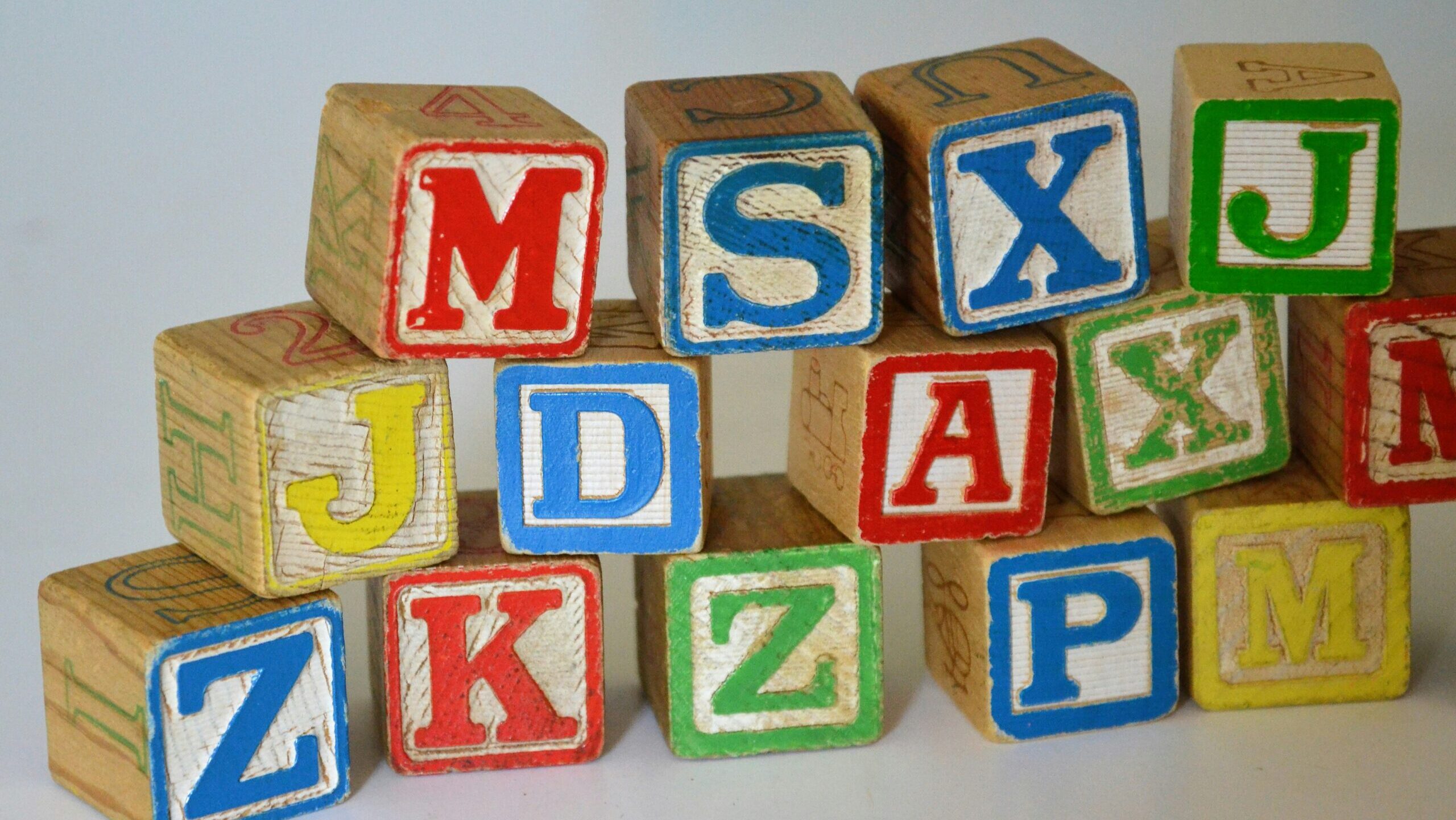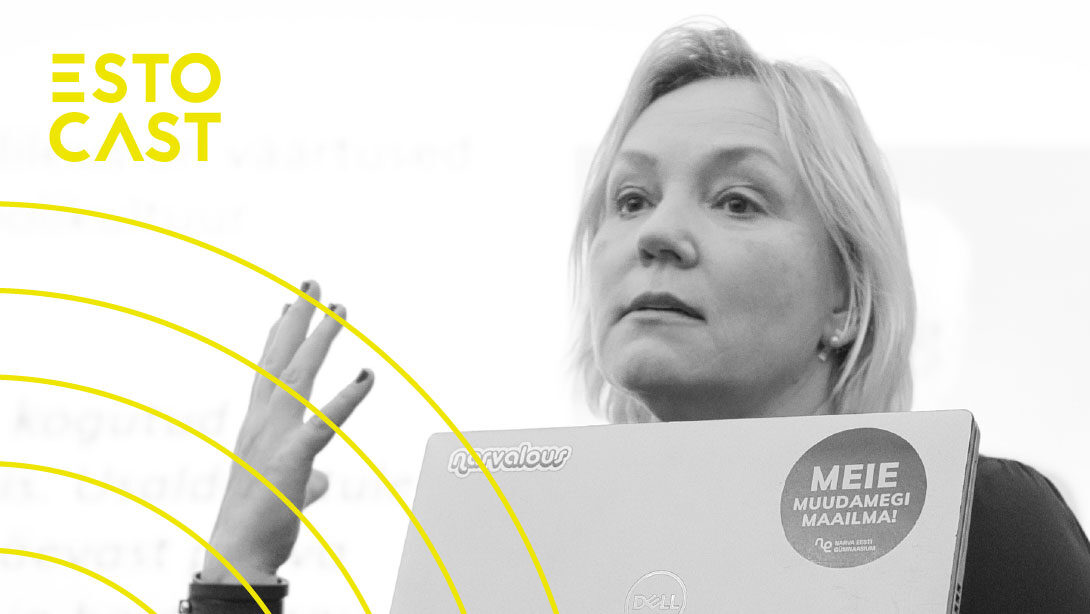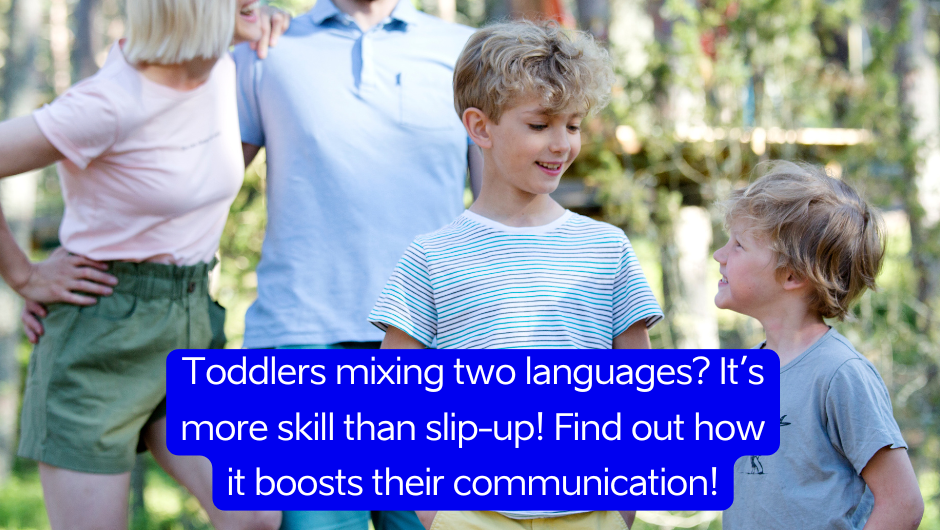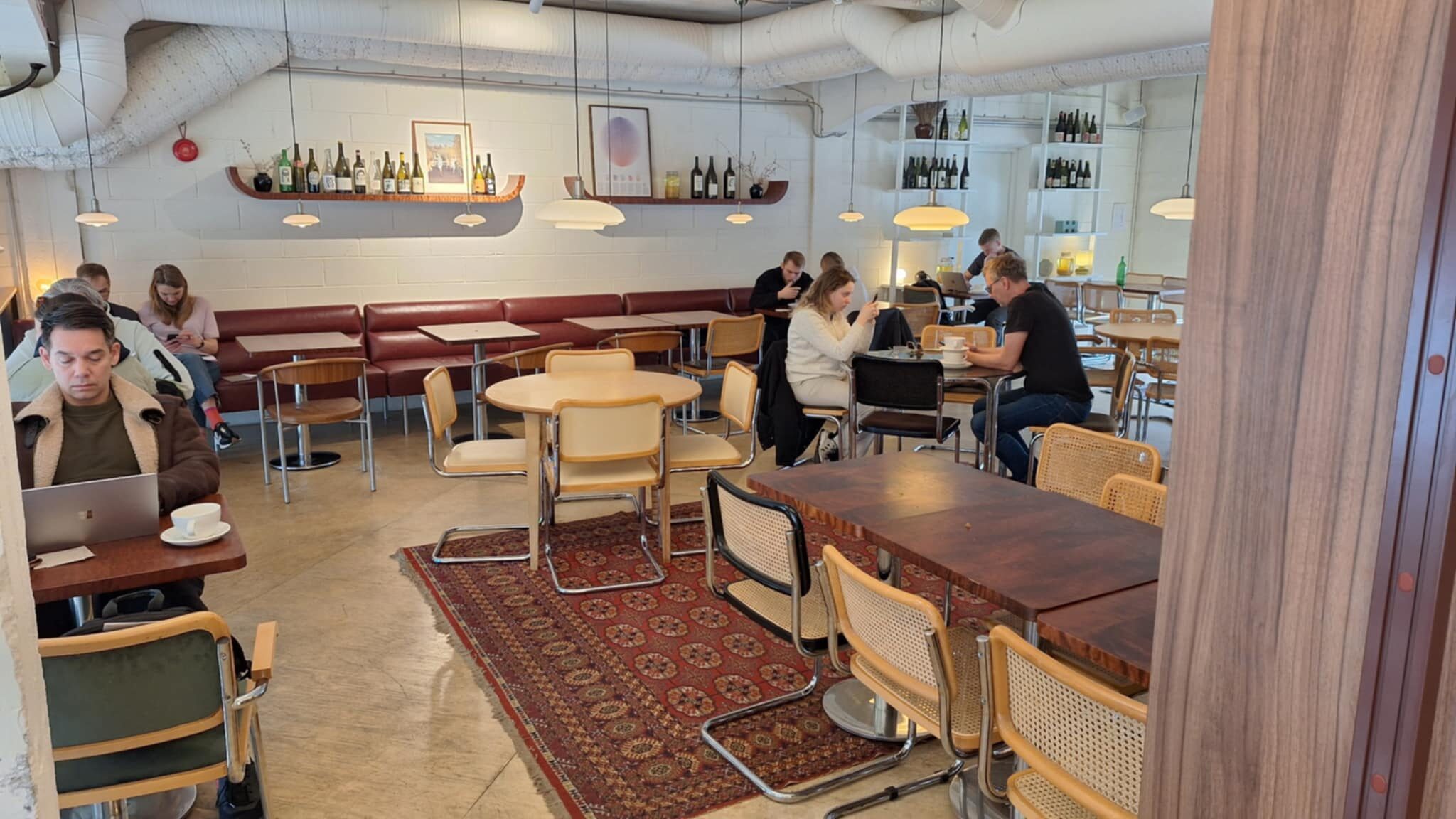Immigration was already a phenomenon, but opportunities to leave your homeland of your own choosing were fewer. Nowadays, between more accessible air travel, work assignments abroad, students seeking to enroll at universities away from their family’s place of residence, and the multicultural nature of many urban areas in North America, meeting people of different cultural backgrounds is commonplace.
When a couple is connected to more than one culture, one discussion point that’s bound to come up, in tandem with whether the couple is interested in raising a family, is how children will be taught about those cultures. Will emphasis be placed on the cultures of the country in which they live? Will it be placed on each parent’s cultural heritage? Or will it be both?
Determining inputs
Consider how many potential sources of cultural and linguistic input there are. The predominant culture outside the home will be one of these, for example English or French-Canadian. Then account for all familial inputs. You can think of this in terms of each of the child’s grandparents. Perhaps each grandparent is of different heritage: for example, one is Estonian, one is from Jamaica, one is from Scotland, and one is Korean. If a child is adopted, the heritage of their birth parents would be part of the discussion as well. This gives you a complete sense of which traditions and languages you’ll want to teach and practice.
Prioritization and planning
As many families will attest to, raising a child in connection with multiple cultures, in addition to all the other aspects of childcare that must be considered, takes effort. It won’t be possible for everyone. If you do, however, choose to introduce multiple cultures to a child, you may wish to consider which traditions and languages to devote more time to.
If living in North America, perhaps you’ll pay less attention to the English language at home because a child will be exposed to it in preschool, daycare, with older school-age siblings, and so on. This would free up parents’ time to focus on other segments of heritage.
… each grandparent could speak to them in their native language, taking some of the pressure off the parents. As is often said, children are “sponges” and have great linguistic acuity.
Most conversation about multilingual households centres around couples where one parent speaks one language all of the time and the other parent speaks another language all of the time. That’s probably the most manageable way in which people could educate their children about multiple languages. Maybe each parent chooses to speak the language they’re most confident in or the one that enables communication with the most relatives. If your kid comes up to you speaking in a different language than your own, you can respond in your language to clarify the distinction.
But this doesn’t consider the possibility of more than two cultures at home, as indicated previously. If a child is fortunate enough to have all of their grandparents still alive and they represent four nations, each grandparent could speak to them in their native language, taking some of the pressure off the parents. As is often said, children are “sponges” and have great linguistic acuity.
Let’s say you want to ensure English reading, listening, speaking, and writing skills are sharp before school begins, but both you and your spouse or partner have one or more sources of heritage. This doesn’t have to be shared in a rigid way. Try doing hour-long lessons each day, alternating every other day or every two days. These lessons can get creative, pointing out the objects and actions in the kitchen, while kicking a ball around, or looking out the window while taking transit. Alternatively, when reading with your child, choose a book in a different language each night.
It’s important to push away any sensations of guilt or shame that sometimes come with heritage. Be honest about what you know and don’t know, what you can provide to your child with thoroughness…
Being honest and realistic
Imagine yourself at two in the morning, standing over your baby’s crib, gently rocking them in your arms from side to side to get them back to sleep. What words do you hear coming out of your mouth? What lullabies will you sing; the ones that form not only your child’s formative memories but your memories as a parent? The best choice would be the ones that feel most natural, because you want to savour the moment, not be bogged down by some sort of intellectual task.
With North American-born parents in mind, no matter how much we may have learned and participated in our ancestors’ cultures and languages, it doesn’t replace having grown up in those countries. It’s important to push away any sensations of guilt or shame that sometimes come with heritage. Be honest about what you know and don’t know, what you can provide to your child with thoroughness, so that they are given as much care and clear communication as possible. Providing a child more basic info about a language, such as Estonian, but more thorough guidance about the traditions is equally valid as something more comprehensive, setting them up for future opportunities.
As you can see, there are many possible configurations for cultural education, and everyone can only do their best. And the best possible route is to surround one’s child with love, show them the world, and explain it to them as their curiosity leads.




